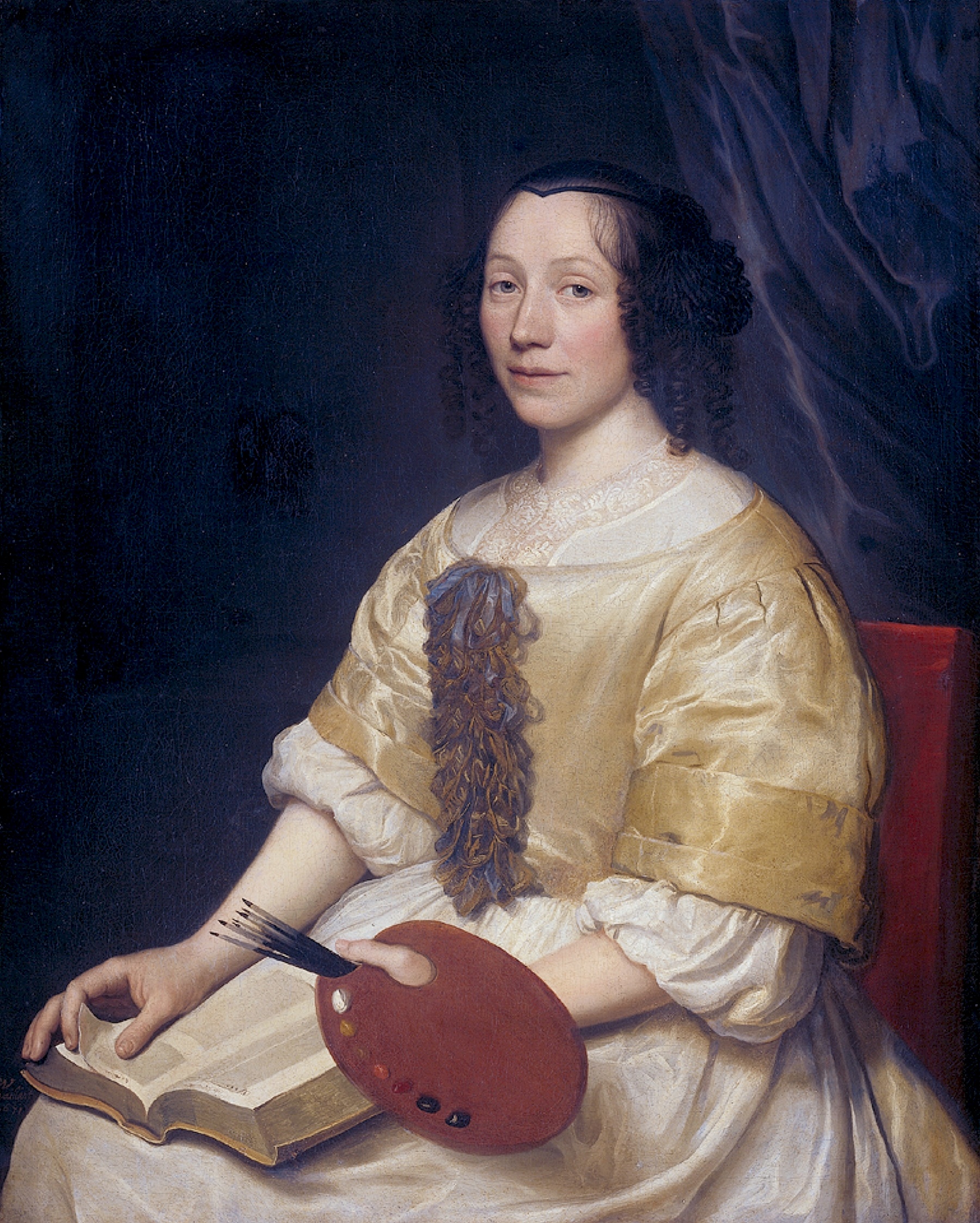Flower painting originated in the Netherlands during the 16th century and became one of the most popular genres in 17th-century Holland, with certain artists specializing in this form of still life. Initially, such works celebrated Dutch horticulture—an enduringly cherished aspect of life in Holland. Early pioneers like Ambrosius Bosschaert created compositions featuring symmetrically arranged bouquets, offering meticulous, botanically accurate depictions of nature.
Later in the 17th century, artists like Jan Davidsz. de Heem adopted a more dynamic Baroque style, characterized by intricate overlapping and spiraling arrangements. These works incorporated elements of illusionism—such as water droplets, shells, and insects—and introduced symbolic meanings. Many interpretations are rooted in religious iconography: specific flowers or motifs often reference Christ’s Passion or reflect the beauty of God’s creation. Meanwhile, depictions of certain "alien" elements, such as insects, snails, dewdrops, or a skull, evoke themes of mortality and the fleeting nature of life.
Maria van Oosterwijck, whose work we present today, specialized in floral paintings and still lifes with allegorical themes during a time when such works were highly prized in Central Europe. Alongside Rachel Ruysch, she was considered one of the foremost still-life painters of the Low Countries. Van Oosterwijck's works are distinguished by their luminous colors, intricate detail, and occasional use of chiaroscuro to create striking contrasts of light and shadow. Her preference for dark backgrounds enhanced the brilliance of her foregrounds, lending her compositions a vivid, three-dimensional quality. Influenced by the 16th-century Dutch trompe l'oeil tradition, her paintings demonstrated a commitment to realism that helped redefine the genre.
P.S. Bring timeless floral beauty into your life! 🌸 Shop our Flowers in Art postcard collection—perfect for art lovers.
P.P.S. Maria van Oosterwijck and Rachel Ruysch weren't the only female artists from the Netherlands who gained recognition in the 17th century. Meet 10 amazing women of the Dutch Golden Age! Most of them have been brought out of obscurity only recently!


 Maria van Oosterwijck
Maria van Oosterwijck